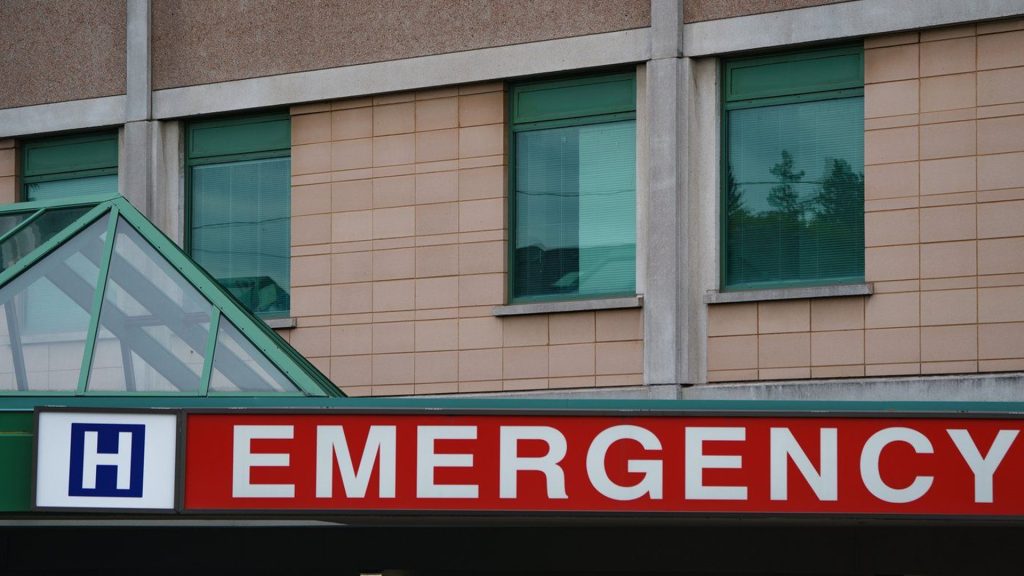Best stem cells for bone marrow transplant at bone ends: study
Posted August 1, 2013 7:11 pm.
This article is more than 5 years old.
Stem cells from bone marrow have been helping people with diseases like leukemia to rebuild a healthy blood system for half a century. But now Canadian researchers have determined that not all stem cells are created equal — and that might lead to better bone marrow transplants for more patients.
Scientists at Hamilton’s McMaster University have discovered that stem cells located in bone marrow at the ends of bones are superior at regenerating blood cells, including immune system cells, than those found in the shafts of bones.
“They all do the job, but they’re a little bit different,” said principal researcher Mick Bhatia, scientific director of the Stem Cell and Cancer Research Institute at McMaster.
“They have to regenerate the blood system, otherwise we can’t even consider them a stem cell,” said Bhatia, explaining that stem cells give rise to other cell types and are also capable of renewing themselves.
He likened these superior-performing stem cells, and their durability over time, to elite athletes.
“You can have someone who can run and get to the Olympics, but there are ones that run that speed for a lot longer and a lot faster,” he said. “It makes them all professional athletes, but there are different gradients.”
Bhatia said it turns out that what boosts their quality is what’s going on at the ends of bones, which supply what’s known as a niche, or home, for the regenerative cells.
Bone-making cells that make up this niche send chemical messages to the stem cells that allows them to perform differently from those in the middle of the bone.
“It’s not the athletes themselves, but the effect the arena has on them,” he said.
In studies employing specially bred mice and donated samples of human bone removed as part of unrelated surgeries, Bhatia’s team found stem cells from bone ends regenerate better and last longer than those elsewhere along the bone.
Bone marrow transplants are routinely performed in hospitals, providing a life-saving treatment for patients with certain kinds of cancer, immune disorders and severe anemia.
But they aren’t always successful: doctors may not be able to capture enough blood stem cells for a particular patient, based on the person’s weight; the amount of blood regeneration may not be sufficient; or in some cases, immune cells in donor marrow may attack the recipient’s body, a nasty condition known as graft-versus-host disease.
Bhatia said the team wants to look into ways of retrieving the more robust stem cells, as well as finding a way to winnow out immune cells from marrow to prevent graft-versus-host rejection.
“Bone marrow transplants work, we’ve known that for 50 years,” he said. “The problem is we haven’t been able to make them usable or applicable to all of the people that need them.
“So what this finding is doing, knowing where these blood stem cells are and where they perform the best, will allow us to make bone marrow transplants more efficient and make it more available to more people.”
Dr. Armand Keating, director of the Cell Therapy Program at Princess Margaret Cancer Centre in Toronto, called the findings “interesting and important.”
But Keating, who was not involved in the research, said he’s not sure how much impact it will have for patients, since only about a quarter of transplants now involve marrow taken directly from bone. Most use stem cells retrieved through the blood — a drug cocktail causes stem cells to migrate from the bone marrow — or from umbilical cord blood.
“Having said that, there is now increasing evidence that if you use peripheral blood-mobilized cells … you get more chronic graft-versus host,” he said. The disease can be acute or chronic, and symptoms include abdominal, skin and eye disorders.
“That really has an impact for quality of life in a transplant recipient. So under some circumstances, we are advocating for considering doing bone marrow transplants again instead of peripheral blood. And under that setting, it might be useful.”
The study is published in the journal Cell Stem Cell.










